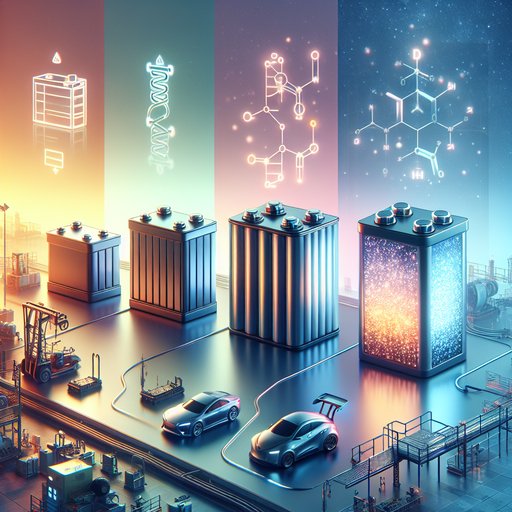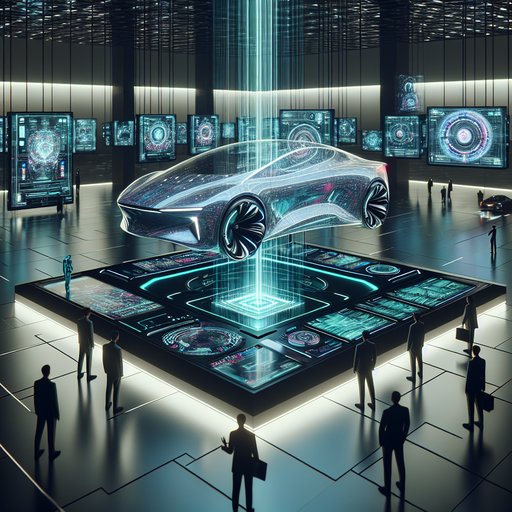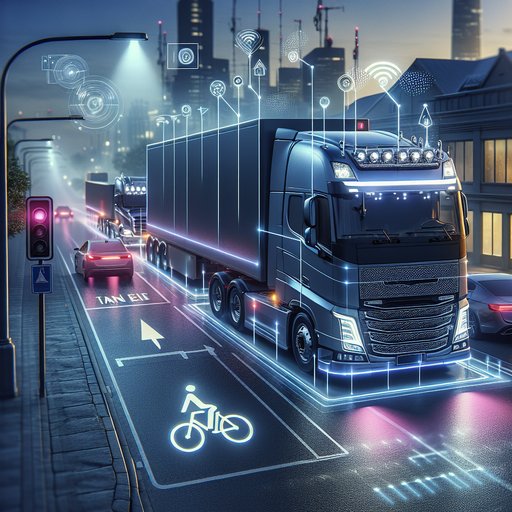
Electric mobility has advanced by riding successive battery chemistries: lead-acid powered the first EVs, nickel–metal hydride (NiMH) enabled hybrids, lithium-ion unlocked modern battery-electric vehicles, and lithium–sulfur (Li–S) is being piloted for ultra-light applications. Each step traded cost, safety, and longevity against energy density. Today’s EV packs achieve roughly 150–200 Wh/kg, an order-of-magnitude gain over early lead-acid systems. In the last few months, Li–S efforts have moved from lab to pilot lines with aerospace-focused trials, while lithium-ion costs and fast charging continue to improve. The trajectory shows how materials science, manufacturing, and safety engineering co-evolve to meet automotive-grade demands.
The core problem in electric transport is specific energy: how much usable energy a battery stores per kilogram while surviving years of vibration, temperature swings, and fast charging. Gasoline’s effective specific energy exceeds 2,000 Wh/kg after engine inefficiencies; early batteries offered under 50 Wh/kg, pushing EVs into short-range niches. Opportunity arises when chemistry advances lift that ceiling without sacrificing safety or lifespan. Over 150 years, four milestones—lead-acid, NiMH, lithium-ion, and now lithium–sulfur research—mark step-changes in what’s possible for vehicles and grid-connected mobility.
Lead-acid (invented 1859) set the baseline. Practical energy density is typically 30–50 Wh/kg (60–90 Wh/L) for deep-cycle designs, with 200–500 full cycles to 80% retention under moderate depth-of-discharge. High discharge power and low cost enabled starter batteries and forklifts, but weight, Peukert losses at high current, poor cold-temperature performance, and slow charge acceptance limited vehicle range to tens of miles in early EVs. Lead-acid remains ubiquitous at 12 V for auxiliary systems because of cost, robustness, and established recycling above 95% in many regions.
NiMH, commercialized in the late 1980s, roughly doubled gravimetric energy density to about 60–120 Wh/kg, with good power capability and improved cycle life (often 1,000–2,000 partial cycles in hybrid duty). It powered mass-market hybrids such as the early Toyota Prius, where high power and moderate energy are key. Hurdles included self-discharge, heat management, and higher cost per kWh than lead-acid; large-format EV batteries saw limited deployment in the 2000s amid IP constraints and performance trade-offs. NiMH still serves some hybrid models in 2024–2025 because of durability and cold-weather robustness, but it is too heavy for long-range BEVs.
Lithium-ion (1991 onward) brought a step-change. Modern NMC/NCA cells reach about 240–300 Wh/kg and 600–750 Wh/L at the cell level; LFP variants are lower at roughly 150–190 Wh/kg but excel in safety, cost, and cycle life. Pack-level specific energy typically lands around 150–200 Wh/kg for nickel-rich chemistries and 120–160 Wh/kg for LFP when accounting for structure, cooling, and BMS. Over the past few years, silicon–graphite anodes, high-nickel cathodes, and cell-to-pack integration have improved range and fast charging.
In 2024–2025, automakers expanded LFP into standard-range models in North America and Europe, reflecting cost declines and tolerance to frequent DC fast charging. Industry surveys put average Li-ion pack costs in the low-$100s per kWh recently, with further declines expected as materials prices eased and volumes rose. Typical fast-charging systems deliver 150–350 kW, achieving 10–80% in roughly 20–30 minutes in vehicles designed for 2–3C charge acceptance, contingent on thermal management. Emerging lithium–sulfur targets a further leap in weight-specific energy by pairing a sulfur cathode with a lithium-metal anode.
The sulfur redox couple enables very high theoretical specific energy; practical cell targets of 400–600 Wh/kg are frequently cited. However, Li–S faces well-documented hurdles: polysulfide shuttle causing self-discharge and fade; 70–80% cathode volume change; lithium-metal dendrites; and the need for “lean” electrolyte to achieve competitive pack-level metrics. Historically, high-energy Li–S cells faded within 100–200 cycles to 80% capacity; research using confinement architectures (e.g., sulfurized polyacrylonitrile or nanoporous carbons), high-concentration/ether-based electrolytes with additives (like LiNO3), protective interphases, and solid or hybrid separators has pushed cycle life into the hundreds of cycles in prototypes. In the last few months, multiple companies have publicly reported Li–S pilot-line activity and early aerospace/defense evaluations, citing gravimetric energies in the ~400–500 Wh/kg class for demonstration cells—still short of automotive-grade lifetime, fast-charge rates, and volumetric energy (often below Li-ion) but attractive where mass dominates value.
Trade-offs define the near term. Lead-acid endures for low-cost, low-energy roles with unmatched recycling. NiMH remains a durable workhorse for some hybrids. Lithium-ion dominates BEVs due to balanced energy (pack 150–200 Wh/kg), power, cost trajectory, and maturing safety engineering; LFP’s low cost and cobalt/nickel-free supply chain are shifting entry-level EVs and buses toward iron chemistries.
Li–S promises step-change gravimetric energy and uses abundant, low-cost sulfur, but must solve cycle life under high depth-of-discharge, dendrite-free lithium plating, calendar stability, and manufacturability with low electrolyte-to-sulfur ratios to be pack-competitive. For adoption, expect lithium-ion—especially LFP and manganese-rich variants—to anchor EVs through the decade, while Li–S first appears in drones, high-altitude platforms, and niche vehicles where weight trumps longevity and volumetric energy. Policy can accelerate progress by funding durability and safety research for lithium-metal systems, supporting recycling pathways beyond lead-acid (including Li-ion, sulfur-containing chemistries), and de-risking domestic supply chains. If Li–S meets 500+ cycle, automotive-relevant fast-charge, and volumetric targets at <$100/kWh cell cost, it could open lighter long-range EV segments; until then, steady lithium-ion improvements will deliver most real-world gains.












